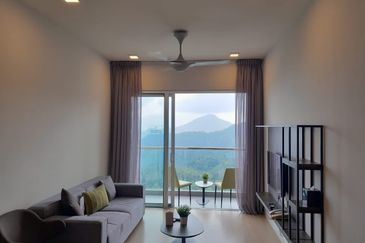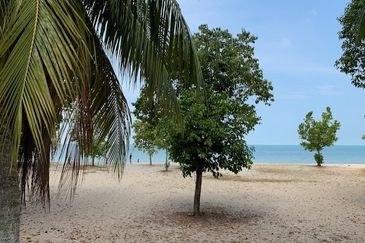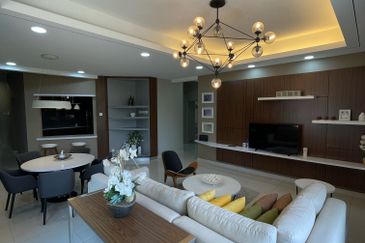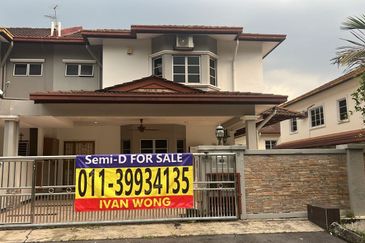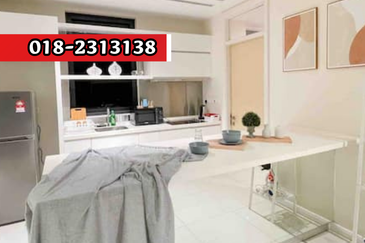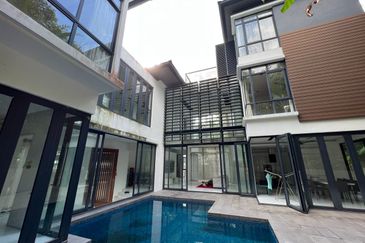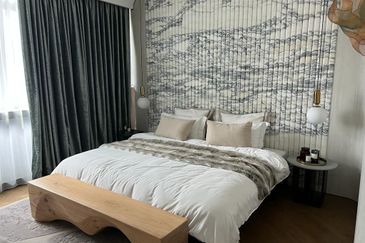Sceptics of Malaysia’s Petronas Twin Towers will remain, well, sceptics. But frankly, who can ignore the Malaysian icon that has successfully redefined the values of real estate in its midst?
This structure of architectural brilliance becomes all the more mesmerising as the sun sets, its symmetrical towers glistening in the dusky light.
The 88-storey Petronas Twin Towers, completed in 1997 at a cost of US$1.2 billion (RM4.05 billion), is magnificent in form and function and symbolises the very essence of Malaysia. Little wonder then that property buyers are willing to pay big bucks to enjoy unobstructed views of what were once the world’s tallest towers from their bedroom or living room window and developers yearn to have a piece of the action as close to them as possible.
Now, however, it looks like the Petronas Twin Towers, designed by Cesar Pelli, may have a rival. To spur economic growth, the government has reportedly identified sites in Kuala Lumpur city for the building of three skyscrapers. These sites are said to be Dataran Perdana in Jalan Davis, the land surrounding Stadium Merdeka and a tract near the upcoming Matrade Centre in Jalan Duta.
All the three tracts are privately owned. Two of them belong to the government-linked companies of Pelaburan Hartanah Bumiputera Bhd (Jalan Davis) and Permodalan Nasional Bhd (Stadium Merdeka) while the third sits on a piece of land owned by the Naza group, which is building the Matrade Centre in exchange for land under a RM15 billion privatisation scheme.
According to a report, the designs of the three buildings have not been finalised but two of them — the ones near Stadium Merdeka and the Matrade Centre — may be 100 storeys high.
Stadium Merdeka and the nearby Stadium Negara have been classified as heritage buildings. The area around them, including some open spaces and car parks, is believed to come up to about 36 acres. The proposed skyscraper, together with some high-rises, is expected to occupy about 15 acres of the open space.
Meanwhile, the Naza group is believed to have called for design submissions from three or four world-renowned architects for the skyscraper to be built near the Matrade Centre.
So, what is iconic?
Swiss Re’s headquarters in London, designed by Norman Foster, is nicknamed The Gherkin for its tall and rounded pickle-like shape. This interesting structure called for a radical approach — technically, architecturally, spatially and even socially.
Daniel Libeskind, the American architect, artist and set designer of Polish-Jewish descent, meanwhile, is known for his Ground Zero designs in downtown Manhattan in New York. Libeskind was the master planner of what used to be the World Trade Centre site.
In Bilbao, Spanish Basque country, Canadian Pritzker Prize-winning architect Frank Owen Gehry’s titanium-covered Guggenheim Museum continues to command tremendous respect worldwide.
Over in Australia, the Sydney Opera House is a familiar name. It may not be a trend-setting building by any modern standard, but the Sydney Opera House remains instantly recognisable globally. That’s iconic.
Interestingly, buildings with extremely creative designs court both publicity and controversy. Critics may baulk at the idea but there seems to be a global trend to embrace exhibitionistic designs, some akin to the impossible-to-wear high fashion paraded on the runways today.
An iconic building must withstand the test of economic, environmental and social challenges. Its appeal must be long lasting and meaningful while depicting the culture and ideals of a country. In short, it must be iconic for the right reasons.
The building must benefit not only its stakeholders but also the country’s economic growth in the longer term. It need not be the tallest or the biggest, although the perception these days seems to be that height equals iconic.
The design must be pertinent to the surroundings, taking into consideration the architectural landscape, lifestyle and raised infrastructure. As with any real estate development, occupancy is key for iconic buildings — an iconic building that is devoid of activity serves no purpose.
Towards this end, the government must not only be consistent but be seen to be consistent in its desire to woo global investors. The new iconic buildings cannot fight with existing buildings for the same pool of tenants.
The last thing we need are iconic buildings that end up as “see through” structures.
Au Foong Yee is editor of City & Country, theedgeproperty.com and haven, the bi-monthly interior design and gardening magazine published by The Edge
This article appeared in City & Country, the property pullout of The Edge Malaysia, Issue 785, Dec 14-20, 2009.
TOP PICKS BY EDGEPROP
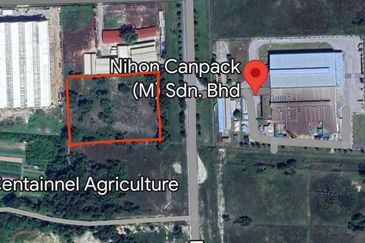
Bemban Industrial Estate (Kawasan Perindustrian Batu Gajah)
Batu Gajah, Perak
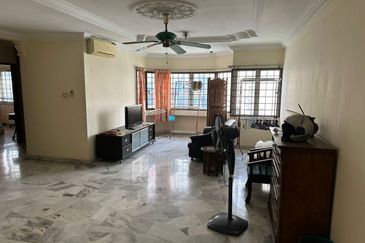
De Tropicana Condominium
Kuchai Lama, Kuala Lumpur

Jalan Taman Bukit Kinrara 1/4
Bandar Kinrara Puchong, Selangor
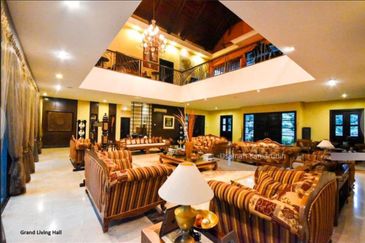
Country Heights Damansara
Country Heights Damansara, Kuala Lumpur

East Residence @ KLGCC
Damansara, Kuala Lumpur
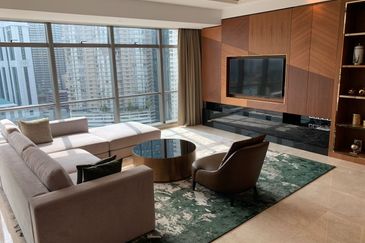
The Ritz-Carlton Residences
KLCC, Kuala Lumpur
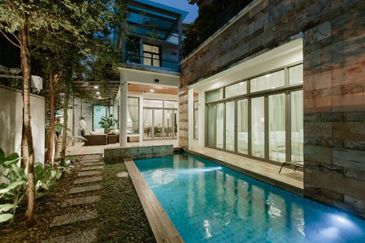
The Residence, Mont Kiara
Mont Kiara, Kuala Lumpur

